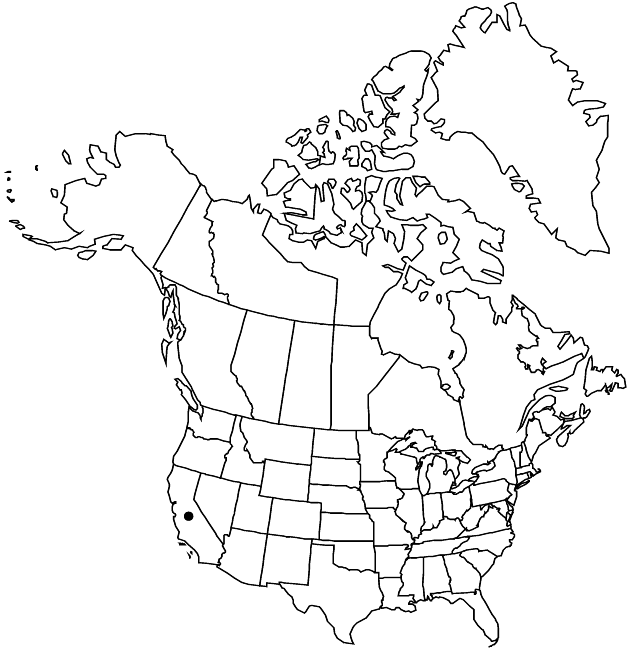Difference between revisions of "Hulsea vestita subsp. pygmaea"
Aliso 7: 413. 1972.
Common names: Pygmy alpinegold
Basionym: Hulsea vestita var. pygmaea A. Gray in A. Gray et al., Syn. Fl. N. Amer. 1(2): 343. 1884
Treatment appears in FNA Volume 21. Treatment on page 400.
FNA>Volume Importer |
FNA>Volume Importer |
||
| Line 54: | Line 54: | ||
|publication year=1972 | |publication year=1972 | ||
|special status= | |special status= | ||
| − | |source xml=https://jpend@bitbucket.org/aafc-mbb/fna-data-curation.git/src/ | + | |source xml=https://jpend@bitbucket.org/aafc-mbb/fna-data-curation.git/src/f50eec43f223ca0e34566be0b046453a0960e173/coarse_grained_fna_xml/V19-20-21/V21_1008.xml |
|tribe=Asteraceae tribe Heliantheae | |tribe=Asteraceae tribe Heliantheae | ||
|subtribe=Asteraceae (tribe Heliantheae) subtribe Chaenactidinae | |subtribe=Asteraceae (tribe Heliantheae) subtribe Chaenactidinae | ||
Revision as of 20:32, 16 December 2019
Plants 5–15 cm. Leaves: proximal blades spatulate, 1–4 cm, margins dentate to lobed, faces: abaxial densely lanate to woolly, adaxial glandular-puberulent. Heads 1. Involucres obconic to hemispheric, 15–18 mm diam. Phyllaries narrowly oblanceolate to obovate, 8–10 mm, (margins scarious) apices acuminate. Ray florets 9–20; laminae orange to reddish orange, 7–10 mm. Disc corollas orange. Cypselae 7–9 mm; pappus scales equal, 1.5–2 mm. 2n = 38.
Phenology: Flowering late spring–summer.
Habitat: Alpine to subalpine rocky slopes and talus, granitic or volcanic substrates
Elevation: 3000–3900 m
Discussion
Of conservation concern.
Subspecies pygmaea grows in the San Bernardino Mountains and the southern Sierra Nevada.
Selected References
None.
Lower Taxa
None.

